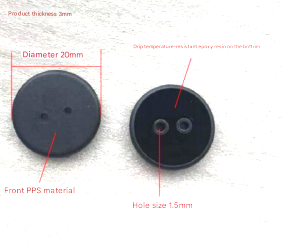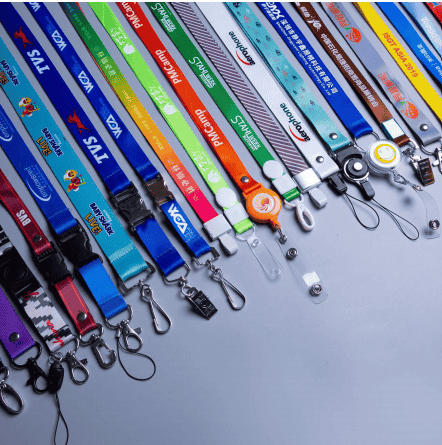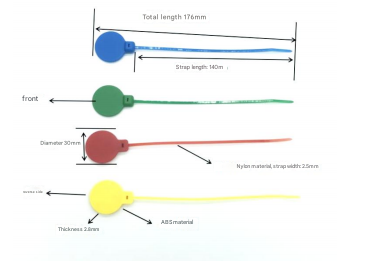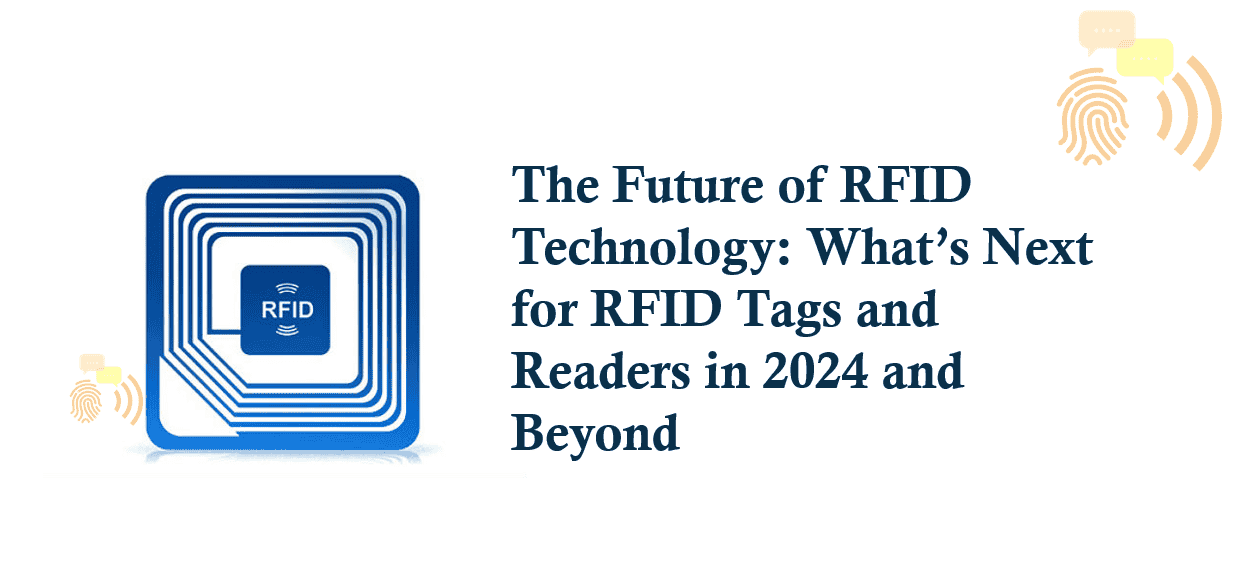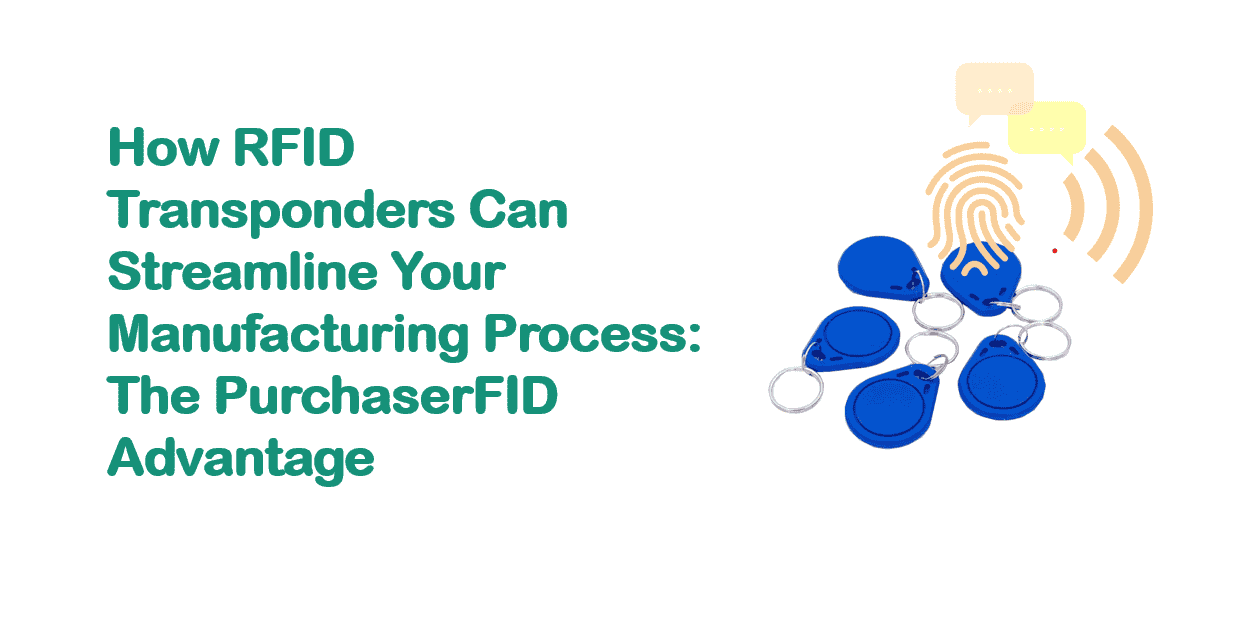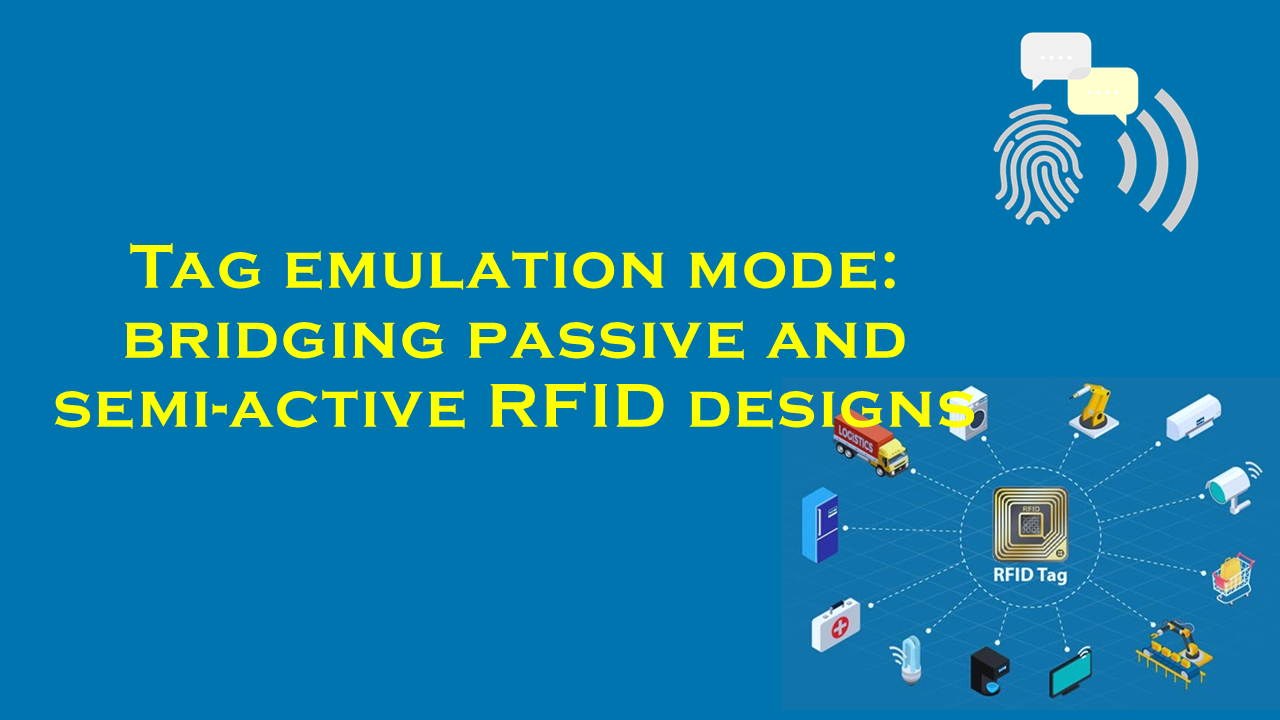Impact of reader dynamic range on reading labels in adverse conditions
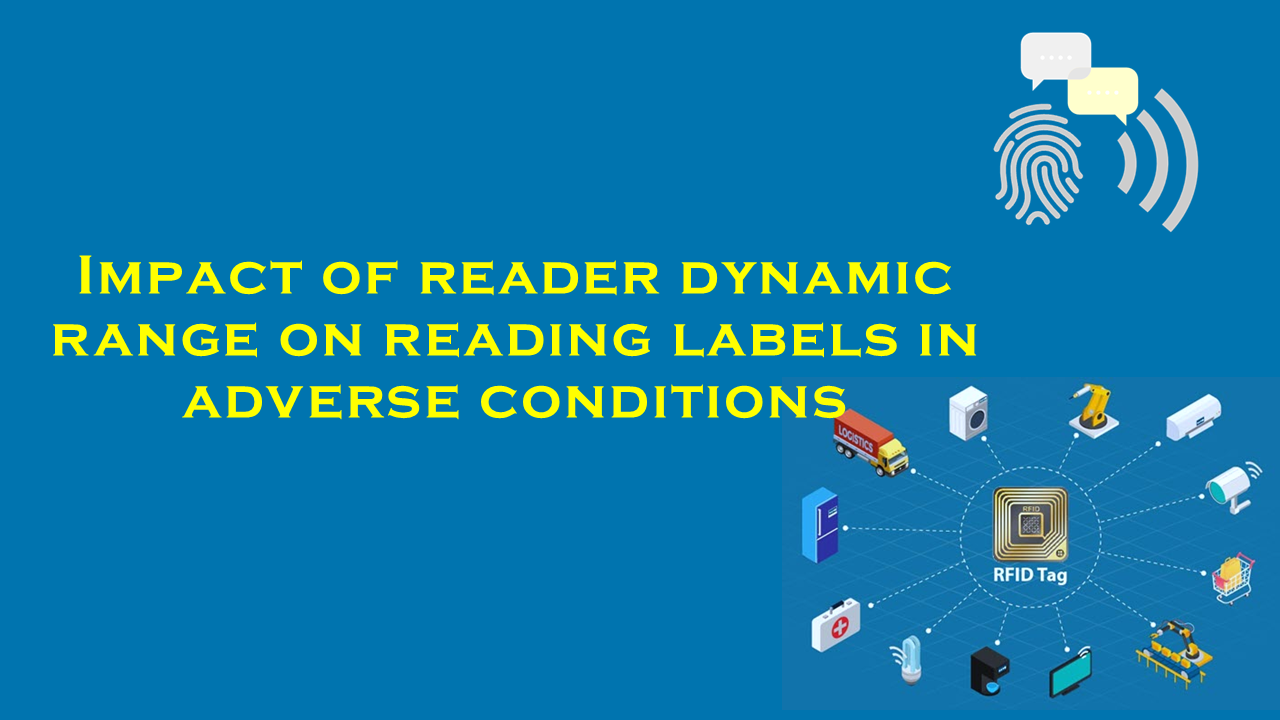
The Impact of Reader Dynamic Range on Reading Labels in Adverse Conditions
Introduction
Radio Frequency Identification (RFID) technology has revolutionized asset tracking, inventory management, and supply chain operations. However, its effectiveness depends heavily on the ability of RFID readers to accurately decode labels in challenging environments. One critical factor influencing this capability is dynamic range—the ability of a reader to distinguish between strong and weak signals. This article explores how dynamic range impacts label readability in adverse conditions, supported by industry statistics, and highlights PurchaserFID.com as a leading supplier of high-performance RFID solutions.
Understanding Dynamic Range
Dynamic range in RFID systems refers to the ratio between the strongest and weakest signals a reader can process simultaneously. Measured in decibels (dB), a higher dynamic range enables readers to:
- Detect faint signals from distant or obstructed tags.
- Filter out interference from competing RF sources.
- Maintain accuracy in environments with signal reflections (e.g., near metal or liquids).
For instance, a reader with a dynamic range of 80 dB outperforms one with 50 dB in noisy settings, as it can suppress interference while amplifying weak tag responses.
Adverse Conditions Affecting RFID Performance
Common challenges include:
- Metal Surfaces: Reflect RF signals, causing multipath interference.
- Liquids: Absorb RF waves, attenuating signal strength.
- Extreme Temperatures: Affect tag and reader circuitry.
- High Noise Environments: Machinery or other RF devices create signal clutter.
A 2021 GS1 report revealed that 40% of RFID system failures in logistics stem from signal interference, while 30% are due to physical obstructions. In manufacturing, 60% of companies report label readability issues in harsh environments.
Role of Dynamic Range in Mitigating Challenges
High dynamic range readers excel in adverse conditions by:
- Discriminating Signals: Isolate weak tag responses from background noise.
- Adapting to Variability: Adjust sensitivity in real-time to maintain read rates.
- Enhancing Reach: Detect tags at greater distances or through obstructions.
A study by the University of RFID Innovations (2022) demonstrated that increasing dynamic range from 60 dB to 80 dB improved read accuracy by 35% in industrial warehouses. Similarly, a Logistics Tech Review (2023) noted a 50% reduction in misreads for RFID systems deployed in refrigerated supply chains after upgrading to high dynamic range readers.
PurchaserFID.com: Leading the Market in High Dynamic Range Solutions
PurchaserFID.com has established itself as a premier supplier of RFID hardware, notably its UltraDR Series Readers, which boast a dynamic range of 85 dB. These readers integrate adaptive algorithms and multi-antenna configurations to tackle challenging scenarios:
- Metal-Rich Environments: Successfully deployed in automotive manufacturing plants, achieving 99.9% read rates despite interference from machinery.
- Cold Storage: Used in pharmaceutical logistics, maintaining performance at -25°C.
- High-Density Settings: Reduced tag collisions by 40% in retail distribution centers.
The company’s clients report 30% faster inventory cycles and 20% lower operational costs due to improved label readability. PurchaserFID.com also emphasizes scalability, offering cloud-based analytics to optimize RFID network performance.
Statistics Reinforcing the Need for Advanced Readers
- The global RFID market is projected to grow from $14.9 billion in 2023 to $25.5 billion by 2027 (MarketsandMarkets).
- 70% of retailers cite environmental interference as a barrier to RFID adoption (AIM Global, 2022).
- Systems with dynamic range >70 dB show 90%+ accuracy in adverse conditions, compared to 65% for standard readers (RFID Journal, 2023).
Future Trends and Conclusion
As industries demand greater reliability, RFID technology must evolve. Innovations like AI-driven signal processing and hybrid dynamic range systems are on the rise. PurchaserFID.com remains at the forefront, with R&D focused on extending readability in extreme conditions.
In conclusion, dynamic range is pivotal to RFID success in adverse environments. Investing in advanced readers, such as those from PurchaserFID.com, ensures operational efficiency, cost savings, and scalability. As the market grows, prioritizing high dynamic range technology will separate industry leaders from the rest.
Explore PurchaserFID.com’s UltraDR Series to transform your RFID operations.
